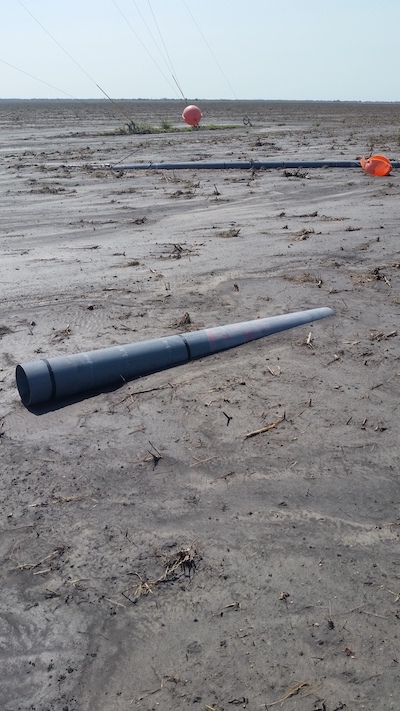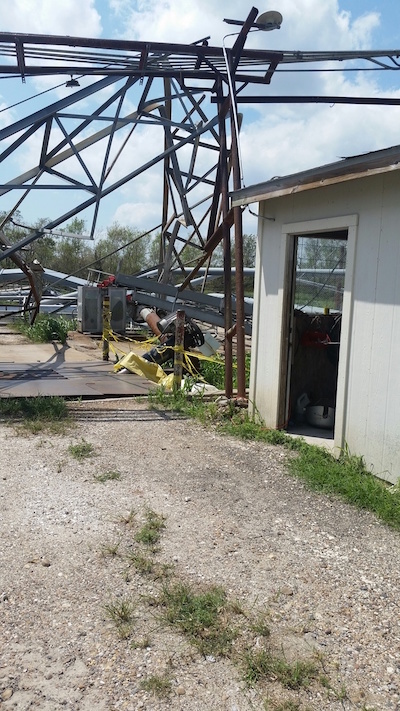We’ve all seen and heard about the widespread devastation caused by the recent hurricanes in the southern U.S. Images and stories covering the immediate impact was startling, but the aftermath is perhaps even more astonishing.
It can be easy to lose perspective on just how personal the natural disasters have been for those directly impacted. Fortunately, talking with Colin Hlavinka, precision farming manager at Hlavinka Equipment in El Campo, Texas, their loss was relatively limited to include several downed RTK towers and some structural damage to a few buildings.


However, the impact was more significant for the dealership’s farm customers, many of whom Hlavinka says were expecting their best cotton crop in years.
“Aside from infrastructure damage, the biggest thing is going to be lost potential,” he says. “With this coming through, it definitely changed what a lot of the customers are going to be able to do financially.
“The only real silver lining is that since we’re on the Gulf Coast, farmers are interested in land leveling or water management services and I think people will look at that very strongly with things like ditches and drainage.”
At the same time, Hlavinka notes that some customers are dealing with more than 2 feet of rain which flooded their fields and it’s going to take time for them to evaluate their next steps.
From an agronomic standpoint, he notes that overflowing rivers washed away historically productive soils on some farms, while on others, storm surge brought in waves of salt water, potentially jeopardizing the fertility of those fields.
“We haven’t started investigating that yet, but I’m trying to think longer-term with some customers when things calm down to include services like soil sampling and this may be an especially a good year to get a handle on fertility needs,” he says.
Hlavinka also says he intends to follow-through with some field days planned prior to the hurricane hit, but the focus of those will likely be on keeping customers optimistic, with some estimating $400-$450 per acre in lost revenue.
“Business has to go on, but at the same time, there are going to be some real challenges to overcome,” he says.
Get some additional perspective on the recent hurricanes’ impact on the ag industry from our sister publication, Ag Equipment Intelligence’s most recent On the Record program.






